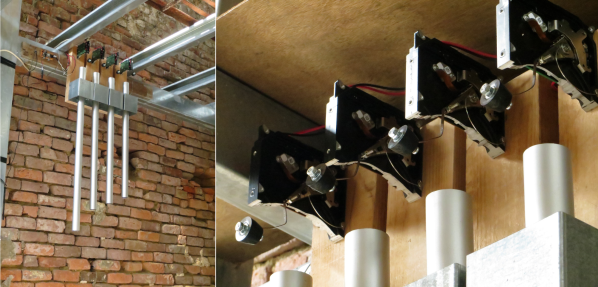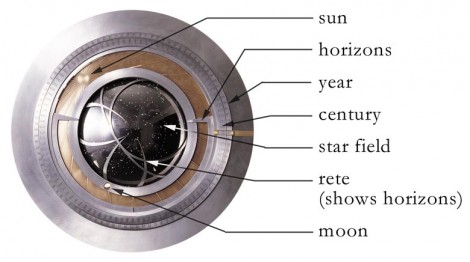It seems that the more hectic life gets, the harder it is to consciously slow down and enjoy the experience. There’s always another bill to worry about, and a new deadline around the corner. The last thing we need are ultra-precise digital clocks everywhere we look. When it’s time to relax, there’s more than enough room for a passive type of clock that gives the time on time’s terms.
[Scoops]’ beautiful chime-only clock seems perfect for its location — an intimate event space inside an old house in Taiwan. Having only a vague sense of passing time helps us relax responsibly at social events. There’s no need to pull out your phone or glance at your watch when notifications about the passage of time softly permeate the air.
Here’s how it works: a NodeMCU controls four hard drive actuators through a ULN2003. The actuators each have a small extension and a clapper fitted on the end, which strikes the aluminium tubes that make up the chimes. There’s a web interface where [Scoops] can set the chimes to sound as frequently or infrequently as desired, or schedule a quiet period during the overnight hours. In emergencies, the clock can also be muted directly with the push of a button.
Take a little time to check out the short videos after the break, because this thing does a mean Westminster Chimes. But don’t stay too long, because time is running out! You have until Friday, January 24th to enter our Tell Time Contest over on IO.
Time can be relaxing or suffocating, depending on the way you look at it. If it’s visual relaxation you need, watch this bubble clock and float away from reality for a while.
















